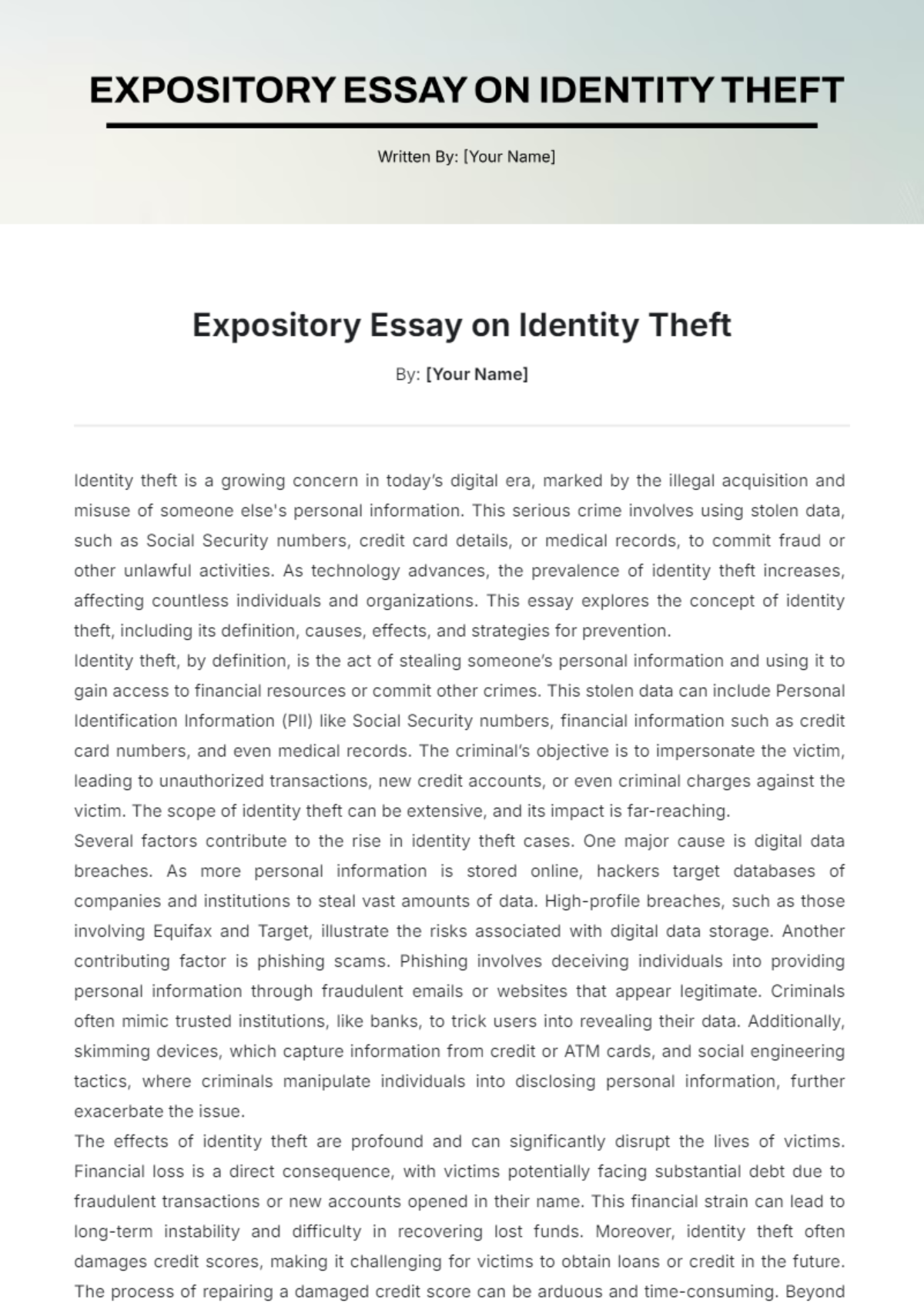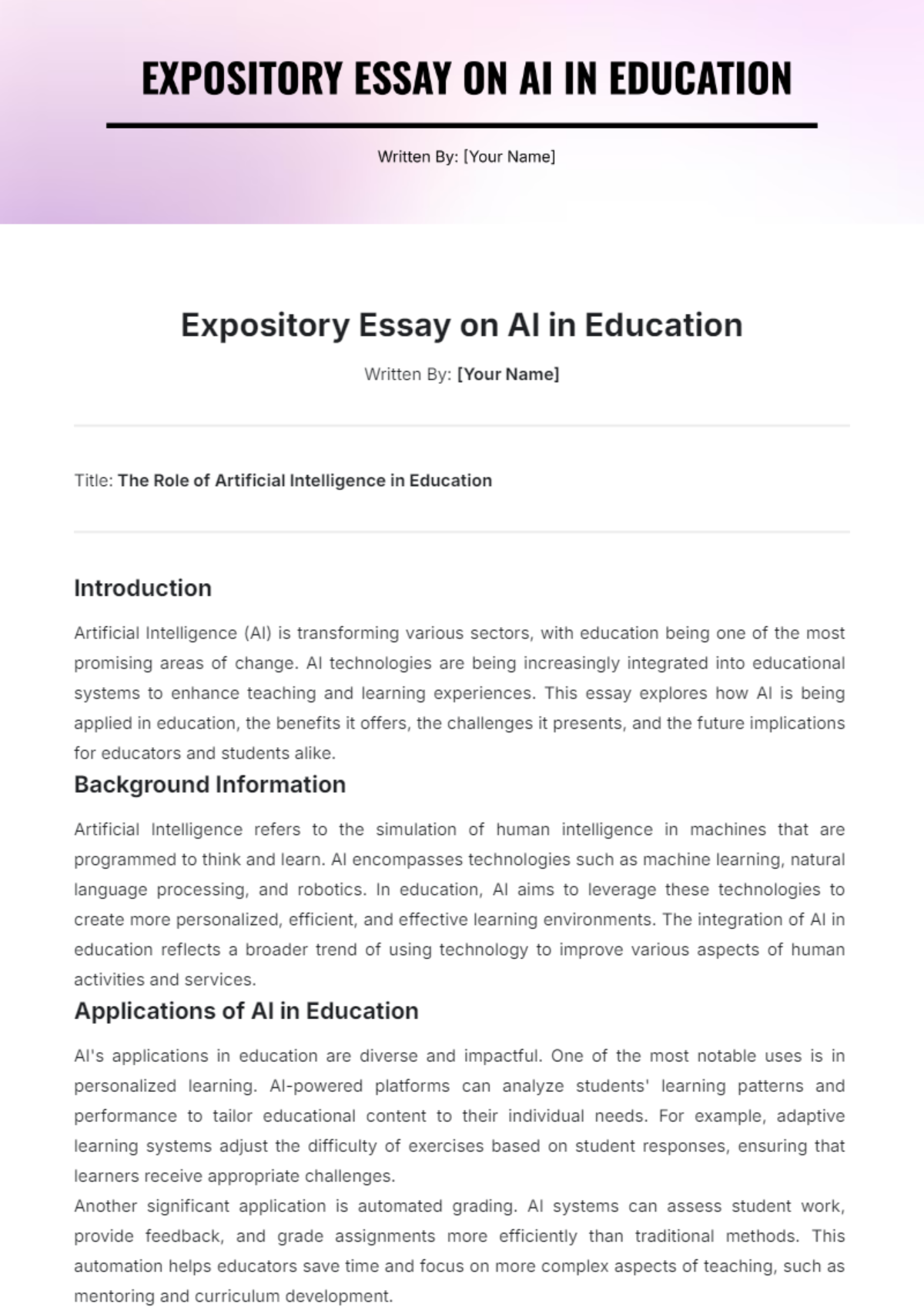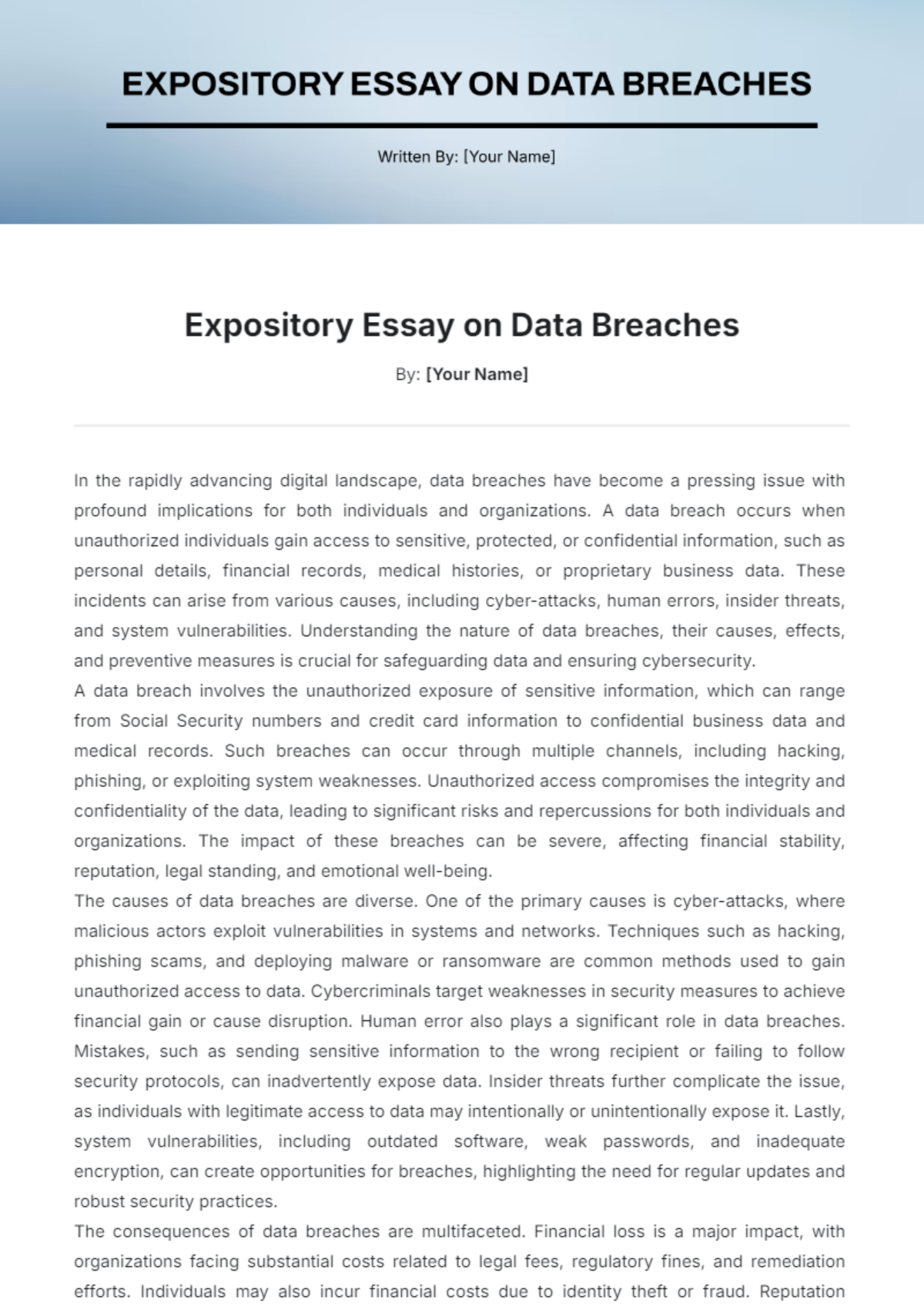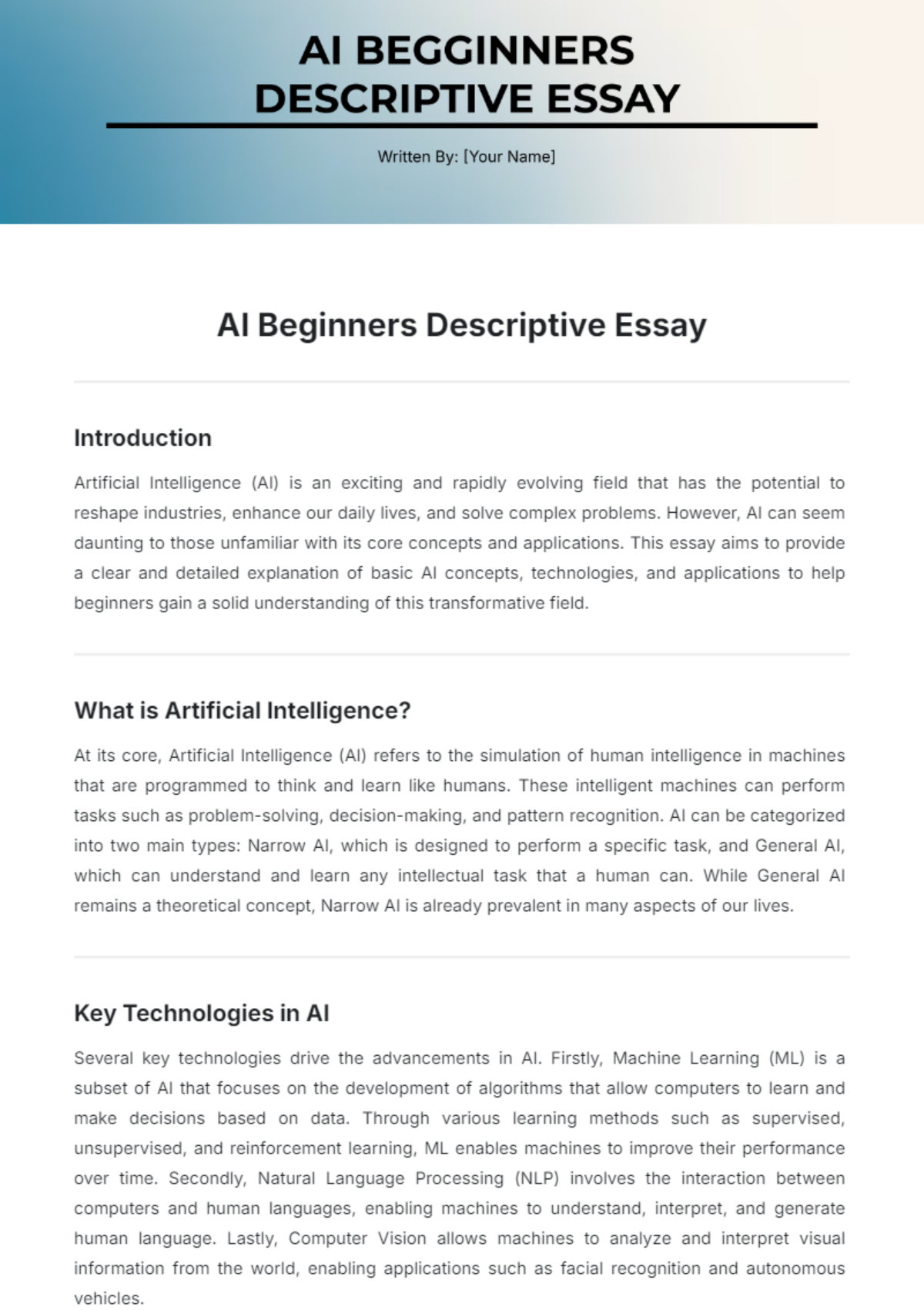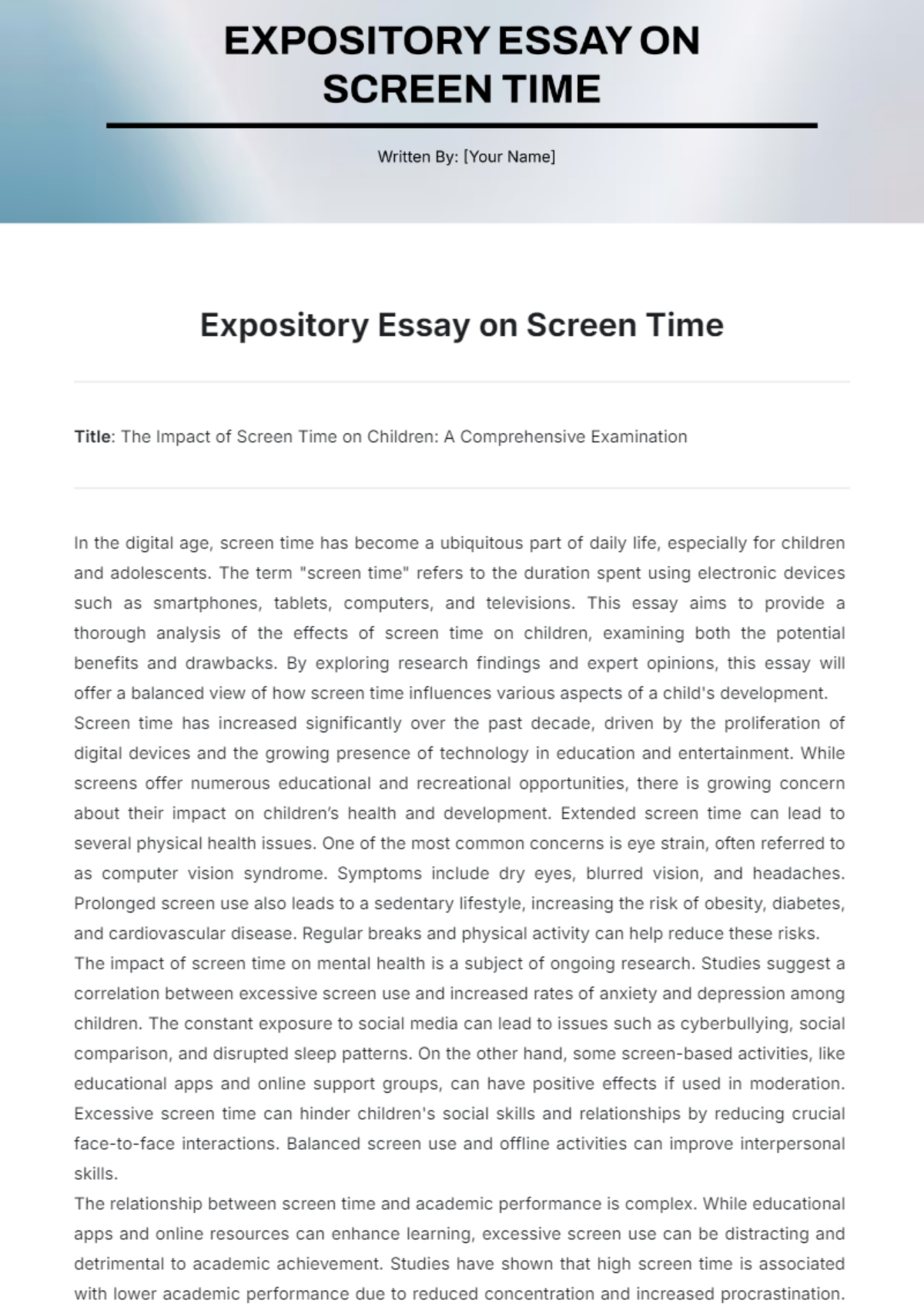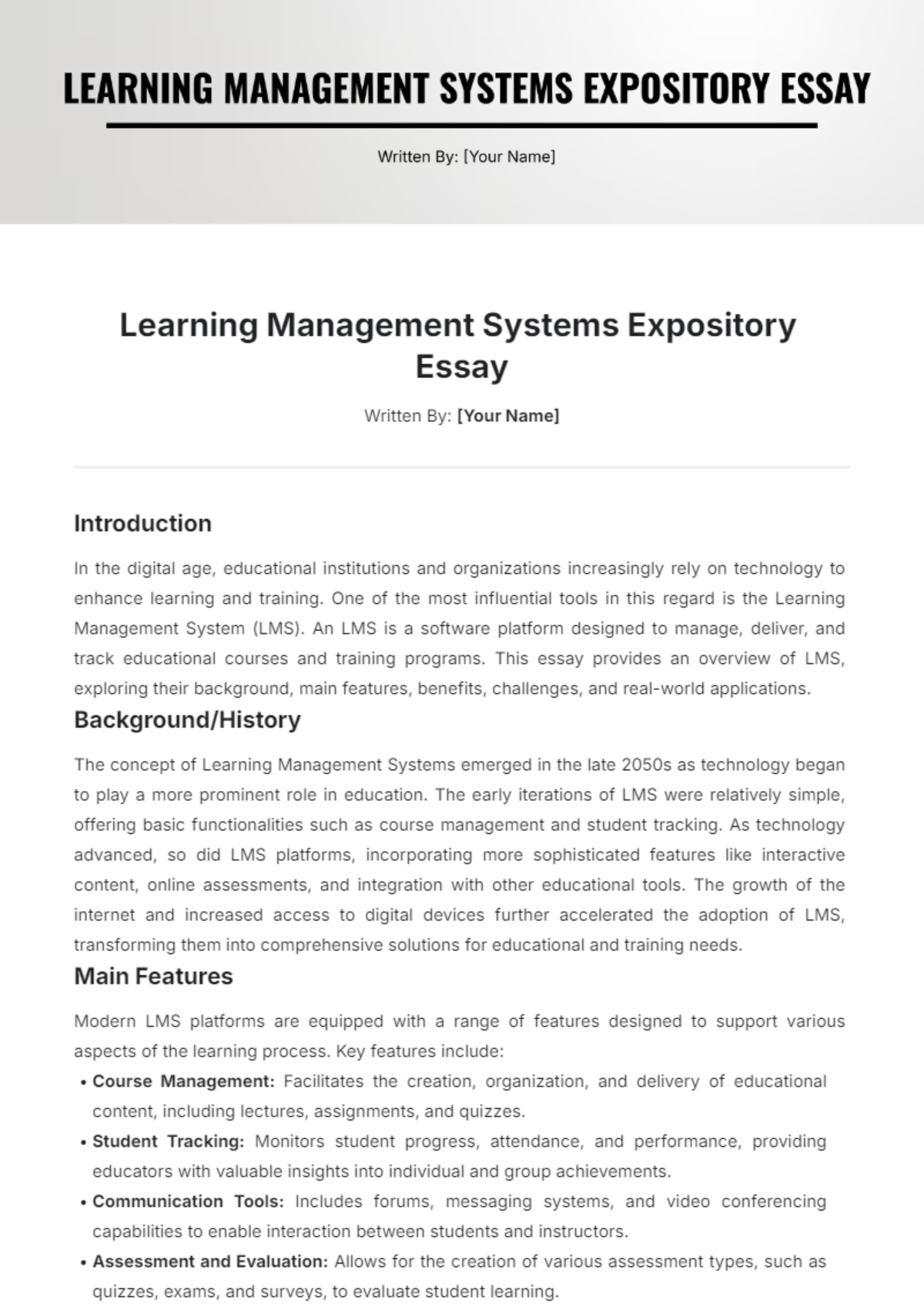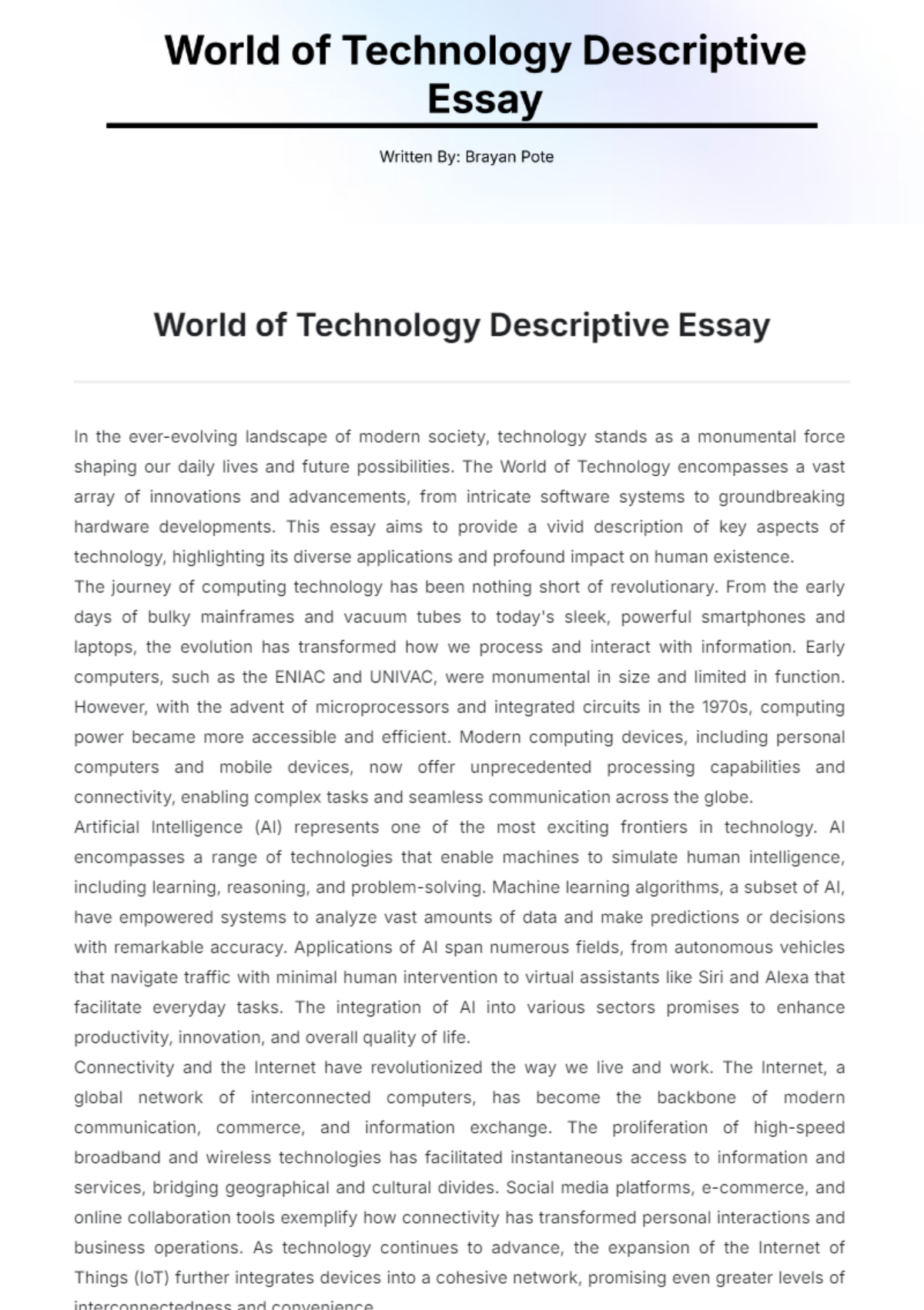Expository Essay on Data Breaches
By: [Your Name]
In the rapidly advancing digital landscape, data breaches have become a pressing issue with profound implications for both individuals and organizations. A data breach occurs when unauthorized individuals gain access to sensitive, protected, or confidential information, such as personal details, financial records, medical histories, or proprietary business data. These incidents can arise from various causes, including cyber-attacks, human errors, insider threats, and system vulnerabilities. Understanding the nature of data breaches, their causes, effects, and preventive measures is crucial for safeguarding data and ensuring cybersecurity.
A data breach involves the unauthorized exposure of sensitive information, which can range from Social Security numbers and credit card information to confidential business data and medical records. Such breaches can occur through multiple channels, including hacking, phishing, or exploiting system weaknesses. Unauthorized access compromises the integrity and confidentiality of the data, leading to significant risks and repercussions for both individuals and organizations. The impact of these breaches can be severe, affecting financial stability, reputation, legal standing, and emotional well-being.
The causes of data breaches are diverse. One of the primary causes is cyber-attacks, where malicious actors exploit vulnerabilities in systems and networks. Techniques such as hacking, phishing scams, and deploying malware or ransomware are common methods used to gain unauthorized access to data. Cybercriminals target weaknesses in security measures to achieve financial gain or cause disruption. Human error also plays a significant role in data breaches. Mistakes, such as sending sensitive information to the wrong recipient or failing to follow security protocols, can inadvertently expose data. Insider threats further complicate the issue, as individuals with legitimate access to data may intentionally or unintentionally expose it. Lastly, system vulnerabilities, including outdated software, weak passwords, and inadequate encryption, can create opportunities for breaches, highlighting the need for regular updates and robust security practices.
The consequences of data breaches are multifaceted. Financial loss is a major impact, with organizations facing substantial costs related to legal fees, regulatory fines, and remediation efforts. Individuals may also incur financial costs due to identity theft or fraud. Reputation damage is another significant consequence; companies that experience breaches often suffer a loss of customer trust, which can lead to decreased loyalty and business opportunities. Legal repercussions can also arise, with organizations potentially facing lawsuits and regulatory penalties for failing to comply with data protection laws. Additionally, individuals affected by breaches may experience emotional distress and anxiety, stemming from the exposure of their personal information and the resulting sense of vulnerability.
Several strategies are essential to mitigate and prevent data breaches. Implementing strong security measures is crucial, including the use of encryption, multi-factor authentication, and regular software updates to protect data and reduce the risk of unauthorized access. Employee training is key in preventing breaches; educating staff about cybersecurity best practices and recognizing potential threats can help minimize human errors. Regular security audits and vulnerability assessments are important for identifying and addressing weaknesses before they can be exploited. Additionally, having a well-defined incident response plan ensures that organizations can respond quickly and effectively to breaches, minimizing damage and facilitating recovery.
In conclusion, data breaches represent a significant threat in the digital age, with far-reaching impacts on financial stability, reputation, legal standing, and personal well-being. By understanding the nature of data breaches, their causes, and their consequences, individuals and organizations can better prepare to prevent and respond to these incidents. Employing strong security measures, providing thorough employee training, conducting regular audits, and having a robust incident response plan are vital steps in safeguarding sensitive information and maintaining effective cybersecurity. As technology continues to evolve, ongoing vigilance and adaptation will remain essential for protecting our digital world and ensuring data security.




